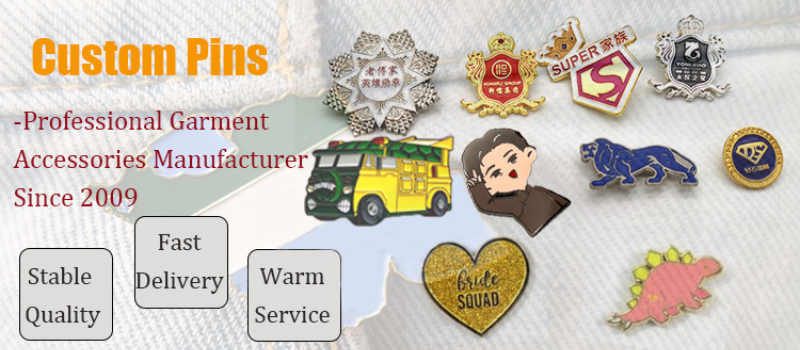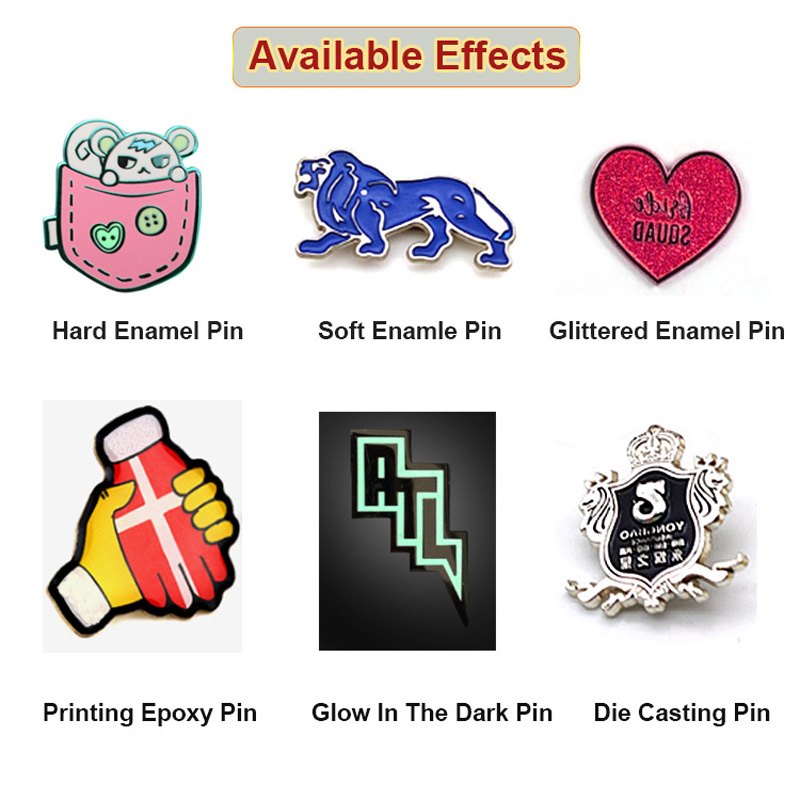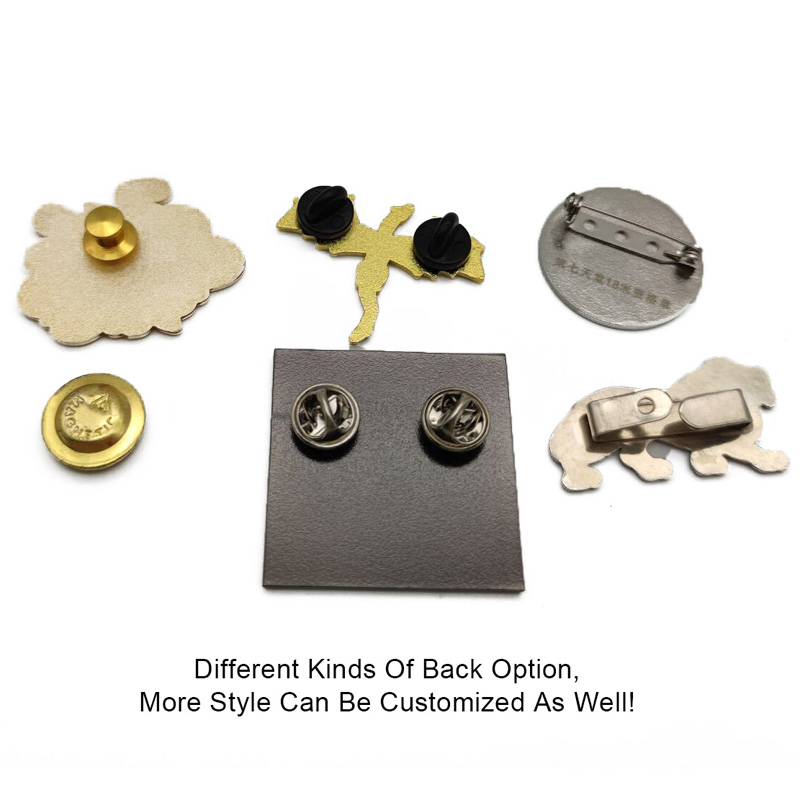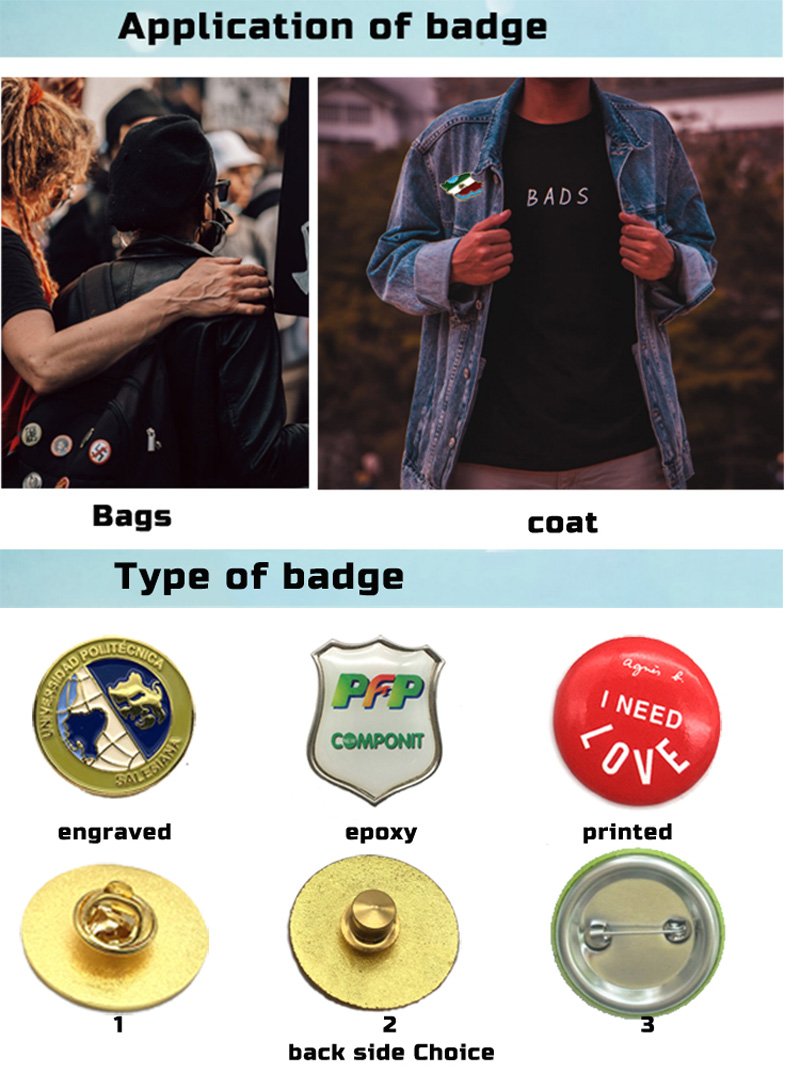plastic film
1. Film material type
The film material used for milk packaging film is mainly polyethylene (PE) co-extruded film, which can basically be divided into the following three according to the number of layers:
1 simple milk packaging film, generally a single film, it is a variety of polyethylene (PE) material is added to a certain proportion of white masterbatch, produced by blown film equipment. This milk packaging film has a non-barrier structure and is pasteurized (85°C/30min) for hot filling. The shelf life is short, only about 3 days.
2 Black and white co-extruded packaging film with three-layer structure. The black masterbatch added in the heat-sealing inner layer plays a role in blocking light. This packaging film uses Ultra High Temperature Sterilization (UHT) and hydrogen peroxide (H2O2) sterilization methods, and the shelf life at room temperature can reach about 30 days.
3 five-layer structure of black and white co-extruded packaging film, blown film increases the middle barrier layer (by EVA, eval and other high barrier resin composition), therefore, this packaging film is a high barrier aseptic packaging film, a long The shelf life can be stored at room temperature for about 90 days.
2. Film performance requirements
It should be particularly pointed out that in order to meet the filling requirements for high-speed automatic filling machines, polyethylene film for milk packaging must meet the following performance requirements:
1 good smoothness
The inner and outer surfaces of the film should have good smoothness, so as to ensure smooth filling on the high-speed automatic filling machine. Therefore, the dynamic and static friction coefficient of the film surface should be relatively low, and the general requirement is between 0.2 and 0.4. The smoothness of the film is mainly achieved by the addition of a slip agent. After the film is formed, the slip agent migrates from the film to the surface and accumulates into a uniform thin layer, which can significantly reduce the coefficient of friction of the film and make the film have Good smoothness effect. Slip agent is usually oleic acid amide or erucic acid amide, which is just a kind of mechanical mixing with macromolecule polyethylene. It is not well compatible. The molecular heat movement makes it gradually migrate to the interface of low free energy to form a layer. The weak interface layer, therefore, if the lubricant content is too high, it will affect the printability of the film, which is extremely unfavorable for printing.
2 strong tensile strength
Since the plastic film is subjected to the mechanical pulling force from the automatic filling machine during the filling process, it is required that the film must have sufficient tensile strength to prevent the automatic filling machine from being pulled off under the action of the pulling force. The use of LDPE or HDPE particles with a low melt index (MI) in the blown film process is advantageous for increasing the tensile strength of the polyethylene film.
3 surface wetting tension value to meet the requirements
In order to enable the printing ink to spread, wet, and adhere smoothly on the surface of the polyethylene plastic film, the surface tension of the film should be up to a certain standard, otherwise it will affect the adhesion and firmness of the ink on the surface, thereby affecting the quality of the printed matter. It is generally required that the surface tension of the polyethylene film is preferably 38 dyne or more, more preferably 40 dyne or more.
Since polyethylene is a typical non-polar high molecular material, its molecular structure does not contain polar groups, and its crystallinity is high, its surface free energy is low, its inertness is strong, its crystallinity is high, and its chemical properties are stable. Therefore, the film material The printability is poor and the adhesion to the ink is not ideal. In addition, the additives (slip agents, plasticizers, etc.) in the film constantly migrate to the surface to form a weak surface layer, which also affects the printing fastness of the printing ink. Therefore, the plastic film is generally required before printing. Surface treatment, change the chemical structure of the film surface, improve the surface tension of the film, so as to achieve the purpose of improving and improving the printability of polyethylene film, improve the adhesion of the ink to ensure the smooth progress of production.
4 excellent heat sealing performance
The film should have good heat-sealing and bag-making properties and have good sealing properties. That is, it is necessary to ensure heat-sealing and it can be smoothly cut so that the molten resin will not stick to the knife. Adding a certain proportion of LLDPE in the blown film process can obviously improve the low temperature heat sealing performance of the milk film and the heat sealing performance of the inclusions, but the addition amount of the LLDPE can not be too large, otherwise the viscosity of the polyethylene milk film is too high, and the heat sealing is performed. Sticking knife failures can easily occur.
Printing ink
1. Requirements for ink performance
Milk packaging film is usually printed by means of surface printing, in addition to the general technical requirements (such as hue, fineness, viscosity, dryness, etc.) of the surface printing ink, due to ultra-high temperature instant sterilization (UHT) during the automatic filling process. ) and hydrogen peroxide (H2O2) sterilization, therefore, the special sterilization conditions put forward special requirements on the performance of the ink, which is also one of the matters worth our attention. What needs special emphasis is the following aspects of performance:
1 pair of polyethylene film has strong adhesion
Because the surface of the plastic film is dense and smooth, the ink cannot penetrate on the surface, so the adhesive force between the ink and the plastic film must be very strong. This is a key issue for printing inks for plastic films, that is, for printing milk packaging films. The ink should have high affinity and adhesion to the substrate material - polyethylene film, strong adhesion, and good print fastness, this is to ensure high quality prints and good printing results.
2 strong wear resistance and scratch resistance
Since the printing ink is printed on the outer surface of the film, it will be subject to friction during the circulation of the goods. Therefore, the printing ink used must have strong abrasion resistance and scratch resistance, and the surface of the ink film after printing is required. High strength, good firmness, and resistance to rubbing, otherwise the ink layer may fall off, resulting in incomplete print patterns, thus affecting the appearance and quality of the product.
3 excellent oxidation resistance
Most high-speed filling machines are equipped with a hot hydrogen peroxide (H2O2) sterilization system to sterilize the packaging film. Hydrogen peroxide (H2O2) has strong oxidative properties, and its oxidative properties also increase with temperature. Significantly increased, which puts higher requirements on the antioxidant capacity of printing inks. If the oxidation resistance of the pigment in the ink is not very good, ink fading occurs and the quality of the product is affected.
4 excellent water resistance
In the process of ultra-high temperature instant sterilization (140°C/1~3s) and hydrogen peroxide (H2O2) sterilization, the surface of milk packaging film will come into contact with water or water vapor, so the printing ink used must have excellent water resistance. Water does not fade.
5 heat resistance and freezing resistance
The printing ink used in the milk packaging film must also have a certain degree of heat resistance, so as to ensure that after the ultra-high temperature sterilization treatment, ink softening, stickiness, and imprinting, discoloration and the like of the ink will not occur. In addition, the frozen milk is generally required to be refrigerated at low temperatures during storage, circulation, and sales. Therefore, it is required that the printing ink used must also have good freezing resistance, and the ink layer will not occur under low temperature conditions. Freezing and shedding.
6 good health performance
For milk packaging film, it should also meet the hygienic standards of packaging materials and food packaging regulations. Therefore, the ink used for printing should be non-toxic, odorless, with low residual solvents and no toxic heavy metals. So as not to contaminate milk, and harm consumers' health.
At present, the Chaoli 313A surface printing ink and the Chaolifu 314 surface printing ink produced by Zhejiang New Oriental Ink Co., Ltd. are widely used in the field of milk packaging film printing. These two inks are designed for milk packaging film. Special printing inks, they have good affinity with polyethylene film, good gloss, fast adhesion, excellent heat resistance, grease resistance, water resistance, etc., can be said that milk packaging film printing Ideal for inks. Chao Lifu 313A ink is an alcohol-soluble polyamide ink that can withstand boiling below 100°C and can withstand hydrogen peroxide sterilization below 60°C. Chao Li Fu 314 surface printing ink is a two-liquid reactive polyurethane modified ink, can withstand 121 °C / 40min retort sterilization, can withstand 80 °C, a concentration of 35% hydrogen peroxide sterilization. For example, our factory used the Chaolifu 314 two-liquid reactive ink to print milk film. The oxidation resistance test and the results were as follows: The printed film after curing for 24 hours was at a temperature of 45°C~50°C. The concentration of 35% soaked in hydrogen peroxide for about 15min, after removal of the test, the ink adhesion is good, basically no discoloration phenomenon, fully able to meet the requirements of milk packaging.
What is the purpose of wearing a Lapel Pin?
A lot of us put brooches on our clothes, that's what people do when they get a brooch. But wearing different numbers of brooches on the body also has different effects. For example, we can wear multiple brooches on the body to have unexpected effects. A basic sweater, we can put two rows of brooches on it, and the basic model will be transformed into a new sweater of the season.

There are many shapes of brooches, simple ones, complex ones, each with its own advantages and disadvantages, and the taste of decoration is extremely rich. Brooches can be pinned on the chest, such as wool caps, berets, etc., which can be used in many places.


We have Lapel Pins Custom in various styles such as Soft Enamle Pin, Glittered Enamel Pin, Glittered Enamel Pin, Printing Epoxy Pin, Glow In The Dark Pin, Die Casting Pin, etc. There are different options for the back, needle shape, magnetic suction shape, etc.

Lapel Pin Custom can be used on bags or clothes, it plays a very good decorative role!
Lapel Pins Custom,Lapel Pin Custom,Custom Lapel Pin,Custom Lapel Pins
Shenzhen Yiyixing Zipper Manufacture Co.,Ltd , https://www.nicekeychain.com